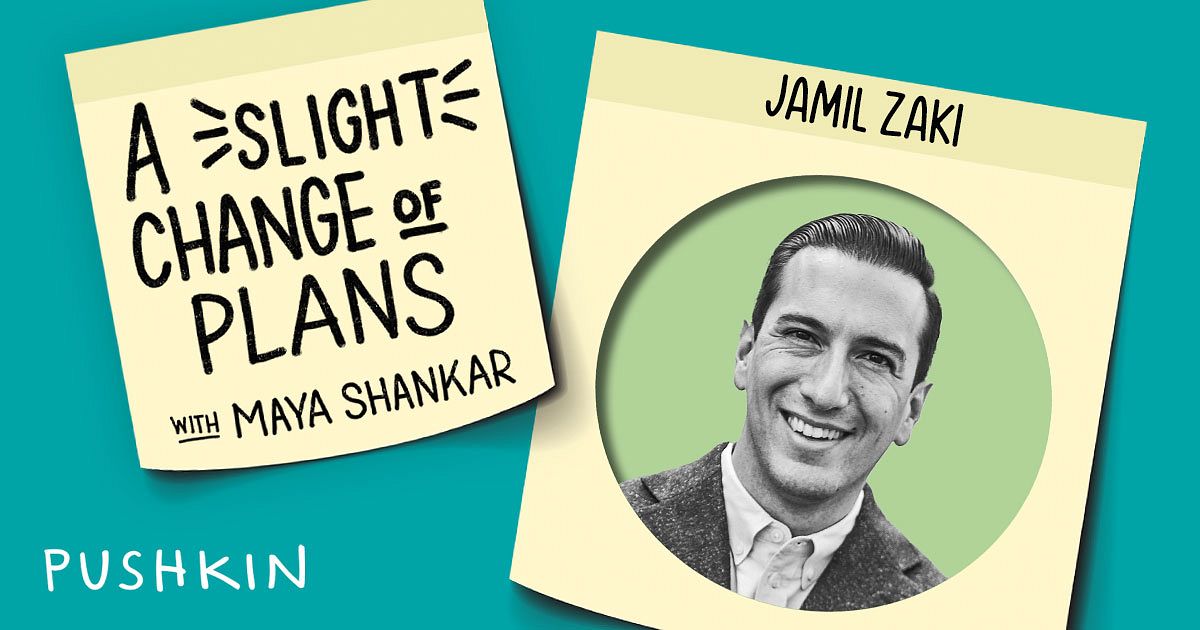Three types of Empathy (#92)
Cooperation requires connection, and connection requires empathy. We must meet our employees where they are — as people with outside interests, pressures, fears, and ambitions.

We are of the world, and therefore we bring that world into our workplace. To pretend it doesn't exist while you write code, analyze data, stock inventory, or answer phones is a fool's game. Work cannot be a sanitized environment unless you are willing to settle for sanitized, bland results. We must meet our employees where they are — as people with outside interests, pressures, fears, and ambitions.
Mental and physical health, political strife, social currents, parenting or family responsibilities, and financial pressures are all examples of things that aren't simply left at the doors of our businesses while still expecting people to do their best work. If we are asking employees to bring their full self to work, to feel a sense of belonging in our environment, then supporting them means we must lead with empathy. Empathy is the means by which we leverage the diversity of our tribe. All types of empathy require listening and observing, quieting our inner dialog to allow for reflection on the narrative of others.
It's not uncommon for leaders to receive coaching on being more empathetic to their employees. The idea is that by making employees feel valued, by understanding their feelings and thoughts, they will be motivated and produce better results. This theory holds true — in surveys employees report that they are more engaged, more creative, and willing to work longer hours for an empathetic boss. So let's dig deeper into three types of empathy and learn why the most common, emotional empathy, has a limit.
The easiest, and therefore most common, type of empathy to access is that of emotional empathy, feeling what others feel. When the word empathy is used by itself, the person is most often referring to emotional empathy. It is a mechanism of resonance, a replication of feelings from one to another. Our feelings are blended, by degrees, from our engagements. We connect with another because we literally feel the emotion that they are experiencing. Our connection builds trust and understanding, the other person has been seen and heard. However, too much emotional empathy can cause burnout and change our behavior, as noted by Kim Scott's term, ruinous empathy. When this occurs we are affected so greatly that we defer our feedback, dumb down our message, or avoid a course of action entirely.
We can offset a ruinous reaction by engaging in two other types of empathy. Cognitive empathy, rather than causing us to feel the emotions of others, seeks to understand what is driving someone else's heart and mind. It takes the role of a detective rather than a confidant. This is especially helpful when we have lived very different experiences. Compassionate empathy is driven by a motivation to improve someone else's well being, a mission to accomplish rather than a feeling to resolve.
Emotional empathy causes us to solve for how we are now feeling, a mirror of others. Cognitive empathy still seeks resolution, yet solely for others, our feelings are not included nor considered. Compassionate empathy focuses on the good we can do. Cognitive and compassionate empathy offer protections from burnout, in fact they can act as energizers when completing work on behalf of others. These three types of empathy are loosely correlated, which means we must be vigilant to dismissing those that display a different type of empathy than we do.
Working against empathy by acting in tribal groups and using "us vs them" language excludes people, especially when groups come into conflict or are seen as a direct threat. Even as our interactions tend toward the transactional we still remain highly influenced by those we engage with. This provides an opportunity for us to establish more empathetic norms. Cooperation requires connection, and connection requires empathy. We may think our mindsets are fixed — we either have empathy or we do not — the truth is that we can learn by experiencing empathy ourselves, seeking those that model the behavior we desire.
Supplement your thinking about empathy with this excellent conversation between cognitive scientist, and host of the podcast A Slight Change of Plans, Maya Shankar and Stanford psychology professor Jamil Zaki.

The Paradox Pairs series is an exploration of the contradictory forces that surround us. A deeper study finds that these forces often complement each other if we can learn to tap into the strength of each. See the entire series by viewing the Paradox Pairs Index.





